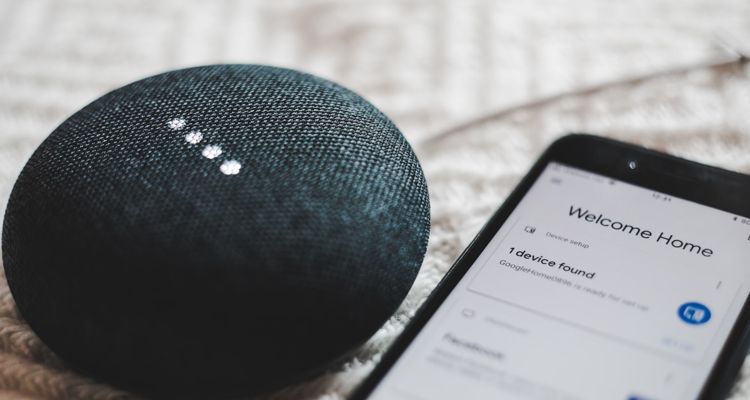Photo Credit: Bence Boros
Google is working on a royalty-free open media format to rival Dolby Atmos and Dolby Vision.
The internal plans, called Project Caviar, were shown to specific hardware manufacturers earlier this year, according to a report from Protocol. Google’s presentation called the project a way to build a “healthier, broader ecosystem” for premium media experiences. As it stands, anyone who uses Dolby’s formats must pay a licensing fee to do so.
YouTube is the primary focus for introducing a competing standard with Dolby. The largest video platform in the world does not currently support Dolby Atmos or Dolby Vision. Google’s efforts in the video realm have been primarily focused on codecs. It helped to found the Alliance for Open Media, which oversees the royalty-free AV1 video codec.
Protocol reports that Project Caviar is different than Google’s past audio projects because it’s not a codec. It focuses on 3D audio and HDR video formats that use existing codecs but offers a “rich and immersive media playback experience.” The clear aim is to give YouTube creators access to Dolby Atmos-like experiences without the need to pay Dolby’s licensing fees.
Dolby makes most of its money through licensing with hardware manufacturers. Dolby Vision nets upwards of $3 per TV produced with the technology. We don’t know what Dolby charges hardware manufacturers to license its Dolby Atmos tech because the company hasn’t publicly disclosed it. But Xbox owners who want to experience Dolby Atmos on their console pay a $15 license per console to do so.
Google and many other companies under the Alliance for Open Media are also seeking an alternative to Dolby Atmos. Members include Amazon, Netflix, Meta, and Samsung, among other smaller companies. The consortium is currently working on a new audio format called Immersive Audio Container–meant to deliver a 3D audio experience with existing open codecs. Apple has thrown its support behind Dolby Vision and Dolby Atmos–so is a format war at hand?

